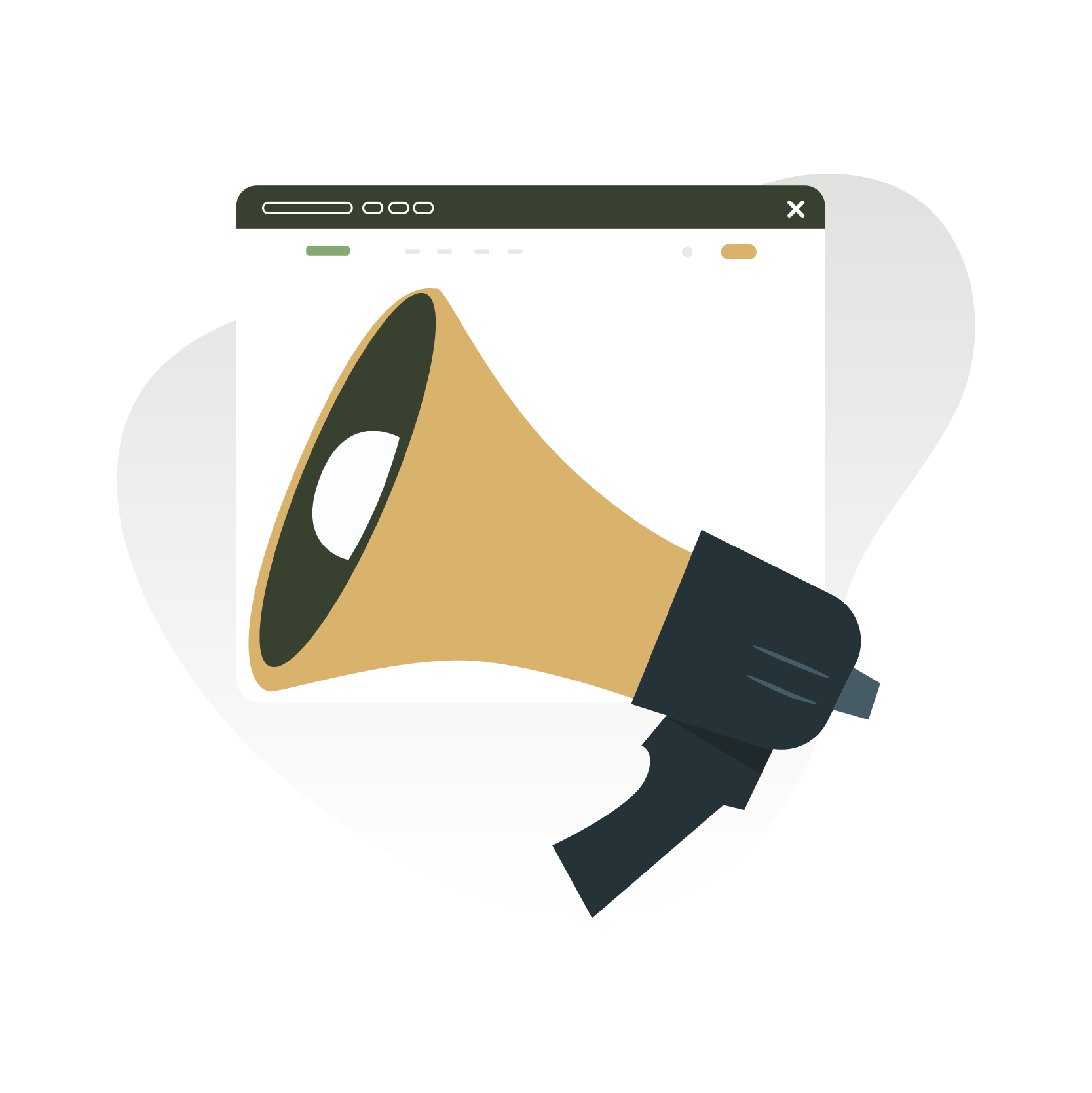
I hope you enjoy reading this blog post.
If you want me to do your marketing for you, click here.
Digital Marketing For Cafes
Digital marketing helps cafes acquire customers and increase revenue.
Website
A well-designed website conveys your brand, and customers make inferences about your business based on your website. As such, a good website is a crucial part of branding a coffee shop.
Your website should be well designed, responsive, and well structured.
A well-designed website uses rich media (e.g., images and videos), design (e.g., good user experience), and copy (e.g., your website's text) to position your cafe. You may also want to use social proof (e.g., reviews) and user generated content (e.g., social media posts) to strengthen your cafe's website.
Your website should also be mobile-first and responsive. A mobile-first design means your cafe's website is designed for mobile devices first, rather than designed for desktops first. This is a significant distinction for businesses to internalize and act on. In 2020, 63% of all Google searches were from a mobile device.
Responsive website design means your website adapts to provide the best experience to users based on their device. This means visitors will see a well-designed website whether they're on their desktop, laptop, tablet, or smartphone.
The Homepage is critical, as is your About page and Menu page. Your Homepage should offer social proof (e.g., integrate reviews) and communicate the value your cafe offers patrons.
Your About page should showcase your origin story, your team, and your location (e.g., Google maps),

and your Menu page should offer detailed information about the food you serve (e.g., dairy-free alternatives, coffee origins).
Steeped Content analyzed the best coffee websites to determine what retailers in the coffee market are doing well.

See how I can help your tea or coffee business sell more products.
- Strategy: Get a clear direction with insightful marketing and branding strategies.
- SEO: Get colossal amounts of SEO traffic. See actual results.
- Content Marketing: I create epic content that gets you traffic, shares, and links.
- Paid Media: effective paid advertising with clear ROI.
Google My Business (GMB)
Google My Business (GMB) allows you to promote your business online. You should first set up a GMB profile for your cafe as it helps connect your business with customers on Google Search and Maps.
GMB offers great functionality to businesses and customers. For example, customers can see when your cafe is most busy and adjust the time of their visit to your business accordingly. Cafes can also answer frequently asked questions directly on GMB, and upload photos to help GMB viewers get a feel for your cafe.

But the greatest feature of GMB is the easy, visible reviews. Customers can leave glowing (or damning) reviews that can help (or hurt) your cafe's customer acquisition.
Reviews, particularly positive reviews, are used heavily by Google's algorithm. This algorithm influences the ranking of local businesses in Maps. Google's search algorithm displays the top three local business results, and becoming one of the top three results is based on your reviews and GMB optimization.
The local pack, which showcases the top three results of relevant nearby businesses, is profoundly valuable to cafes. The value of this "real estate" is very high to local companies because it displays before any of the organic results. Searchers click on one of the businesses in the local pack approximately 50% of the time.
Local SEO
Local SEO is a search engine optimization (SEO) strategy that gives your business visibility in local search results on Google. For coffee shops, local SEO helps you appear for terms like "best cafe in Vancouver" or "coffee shop near me."
Cafes often struggle to acquire new customers. For cafes, tea rooms, and coffee shops, Google is a customer acquisition engine. According to Google Trends, the search volume for "best coffee shops near me" has seen a 400% increase over the last year.
A crucial part of local SEO includes local link building. Three common local link-building tactics include:
Local Citations
Local citations are online mentions of your coffee shop's name, address, and phone number (NAP). Citations typically appear on local business directories, social media platforms, and other websites.
Local citations help people discover your local business. Yelp, Bing Maps, Facebook, Yellow Pages are all places in which cafes can gain citations.
Citation consistency is crucial for local SEO performance. All citations for your coffee shop should have the same name, address, operating hours, and phone number.
Sponsorships
Often charities and clubs list sponsors on their websites. These charities or clubs are location-specific (e.g., Calgary hockey club), and the links from such sites demonstrate to search engines that your cafe is part of the community, and that you’re within that geographic area. The websites of some clubs and charities have high traffic levels and may drive traffic to your website.
Events
People often link to events. Many municipal websites or local news sites may link to events in the community. If your cafe can play a role in hosting some events (e.g., local book clubs), you may be mentioned in, or receive links from, such event guides.
Pay Per Click (PPC)
Pay-Per-Click (PPC) advertising is a paid marketing tactic, and it can generate more traffic to your cafe and your website.
Google Ads is among the most common forms of PPC advertising. You bid on a specific keyword (e.g., best cafes in Vancouver) and pay for every advertisement click. PPC ads show up before organic results, giving businesses that use such ads extra visibility. PPC ads can help cafes build brand awareness and find valuable customers online.
PPC advertising can become costly, so it's important to take steps to make sure your coffee shop's PPC campaigns are effective and affordable. Consider setting parameters like only bidding during certain hours and targeting a specific geographic area.
Social Media Marketing
Social media marketing is an important part of branding your coffee shop. You want to communicate your cafe's environment and what makes it unique. You also want to demonstrate how your cafe fits into the context of your customers' lives. Images are an effective way to showcase how your cafe fits into your target market's lives.
For example, your cafe may have tables, many electrical outlets, and great internet, making it an ideal environment for freelancers to work. Alternatively, your cafe may have great decor, making it a perfect spot for content creators, like coffee influencers, to take photos.
The social media strategy for your cafe should feature content that resonates with your target audience and customers. For example, if hipsters often visit your establishment, coffee Instagram posts featuring pour-over coffee, polished cement interiors, and cool light fixtures may perform well.
“We want to use social media to speak to our customer’s pain points and address how our tea solves these problems.”
Once you define your cafe’s brand, you want to apply it consistently; brand communication guidelines can simplify this. Defining your brand and reflecting it in your cafe's digital marketing strategy positions your brand clearly within your target market and generates awareness.
You can increase awareness of your cafe by taking a few extra steps such as:
- Tagging your location
- Using branded hashtags
- Using niche hashtags (e.g., to expand reach)
You can expand your cafe’s social media presence by engaging with your patrons. Your cafe visitors may post photos to social media platforms while at your cafe, showcasing your coffee, food, or location. In such cases, you should engage with their posts by liking, commenting, and sharing their content. Engaging with your patron's content encourages more user-generated content.
Humans often prefer images showcasing people. Cafes should consider sharing photos of their employees or customers to leverage this tendency. Use these images to create more substantial social proof by adding quotes about their favorite menu items or why they love coming to your cafe.
Cafes are also in a position to show they are involved in the local community. For example, eateries can feature artists whose art hangs on their walls, their bakers, and tea suppliers. Cafes can showcase their unique environment by allowing others to highlight the products (e.g., art, tea).
Digital PR
Digital PR increases awareness of your brand online. Savvy cafes use digital PR tactics to raise awareness of their business within their target market.
Two digital PR tactics cafes may use include:
- Using influencer marketing to promote your business. You may work with a niche, local social media influencers (e.g., foodies), or bloggers.
- Press outreach involves reaching out to online publishers, which can be mainstream (e.g., Buzzfeed), regional (e.g., Calgary Herald), or niche (e.g., coffee blogs). You may ask to be included in existing content (e.g., best cafes in Vancouver) or pitch journalists or bloggers on profiling your business.
Showcase Your Cafe
Share how you use digital marketing to promote your cafe to get featured in this article.

Promote Your Cafe To Its Customers. Purchase your Digital Marketing Strategy to get more traffic for your cafe.


I hope you enjoy reading this blog post.
If you want me to help you to sell more coffee and tea, book a call.


